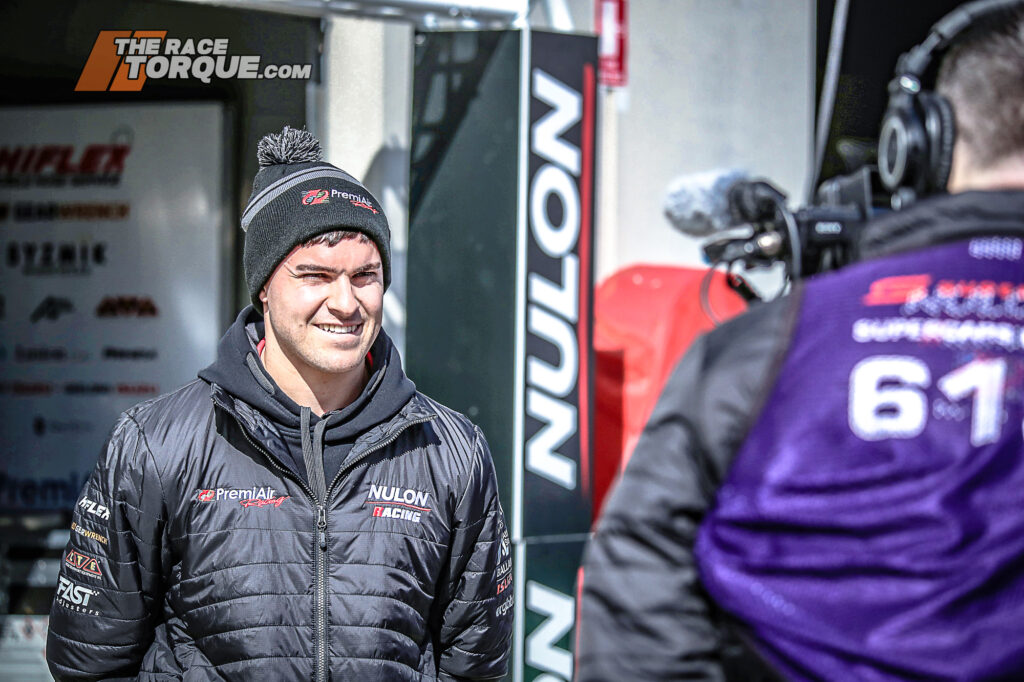The Changing Face of the Motorsport Media
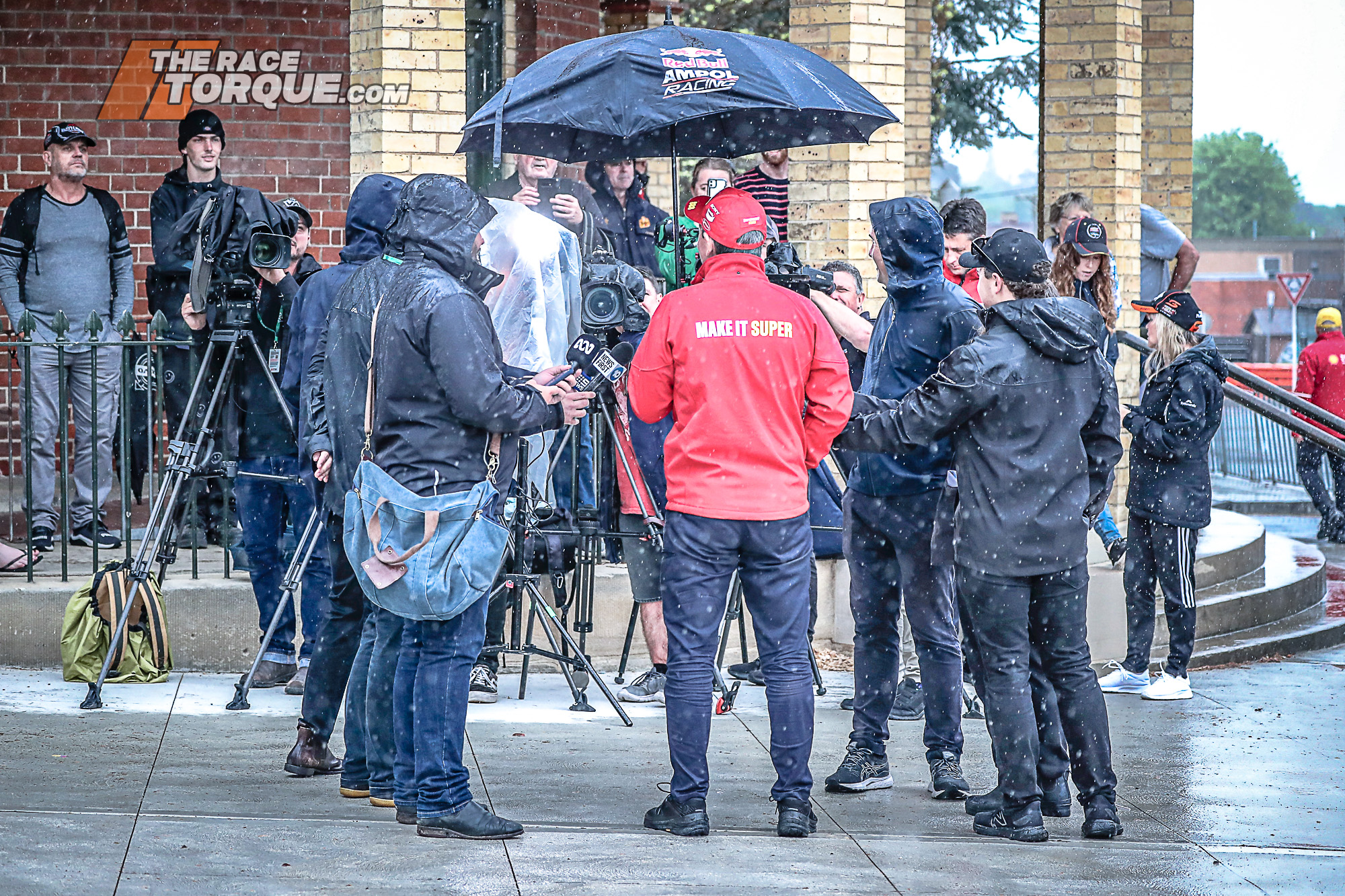
Never before in the history of Australian motorsport has there been such a focus on the role and function of the media.
Whether it is good, bad or indifferent, the manner in which the sport is covered by the media has evolved over time, as consumers switch up their viewing habits as new technologies and platforms emerge.
As the world converts from print to digital, all and sundry have gained a voice, including the media members.
Here we dive into the shift, how the sport is now consumed, and the bubbling fracas within the media scrum.
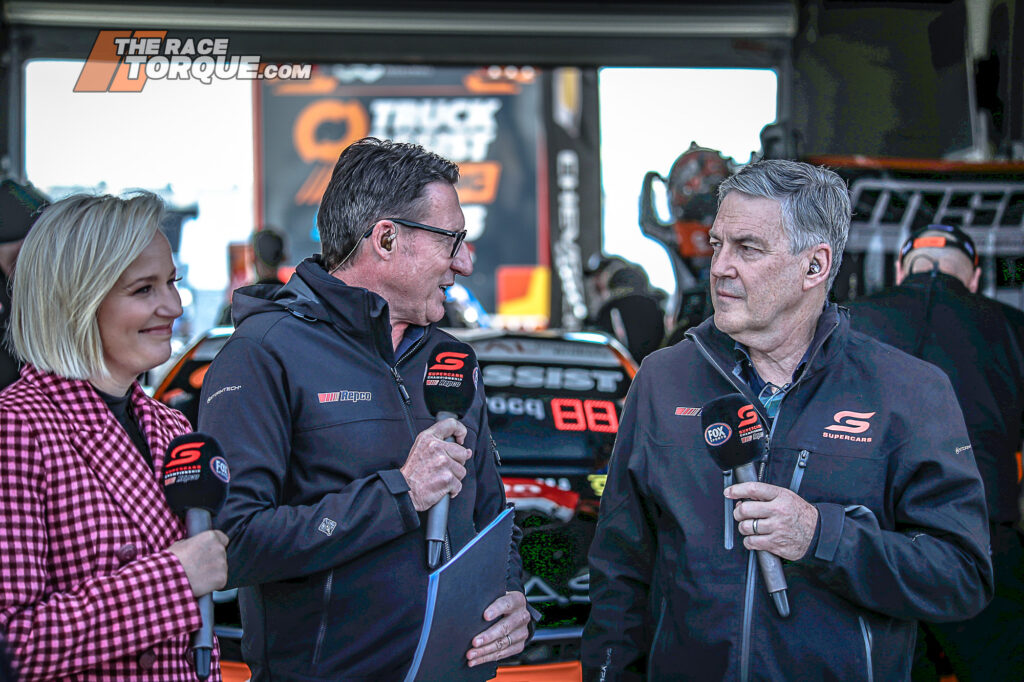
On the Box
From a TV perspective, the quantity of coverage produced by Supercars on race weekends is massive, and its quality is simply world-class, with this high benchmark filtering down to other areas of the sport, as we covered in our ‘Blendline TV feature.’How to Make Motorsport TV‘ feature.
Never before have fans been able to block out entire weekends, park on the couch, and receive a product that is all-encompassing.
In the downtime between races, colour pieces tell the stories of the people under the stack hats, while pre-and post-session or race, repeated driver interviews give us a true insight into how they tick.
Thorough end-of-day analysis provides further context and insight.
However, one thing that has fallen by the wayside is the regularly scheduled magazine TV shows.
Replays of old races on Fox Sports 506 ad nauseam are great, but do they fill the bucket?
TV executives would have their reasons why shows such as RPM, Supercars Xtra, V8 Superstars, Speed News Australia and more no longer exist, but they haven’t necessarily been replaced to keep the conversation rolling away from the racetrack.
Another thing that is very apparent in recent times is the makeup of the modern-day media centre.
Looking back 20 to 25 years, the core focus of the media centre was print outlets, whether belonging to the focused motorsport press or daily newspapers, with all of the serious major dailies having a dedicated motorsport reporter, complimented by a strong band of full-time photographers.
These days, at most events, News Limited will have a reporter for syndication nationally, and if not, the slack will be picked up by the news wires, while dedicated print motorsport publications have entirely fallen by the wayside and are no longer regularly available on magazine stands.
Around 2010, the reporting of motorsport started seriously transitioning to online, and with it, the way the public consumed motorsport shifted forever.
For print publications, Monday used to provide a mad scramble for journalists to meet deadline, while the other days were much more regular, with time devoted to developing feature stories and alike.
Now, for the dedicated journalists on the motorsport beat, the 24-hour news cycle means that those in the game have to always be on the ball, and forever ready to respond whenever news breaks, whether it is first thing in the morning or last thing at night, seven days a week.
News now waits for nobody, and on the internet, if you’re not first, you’re last.
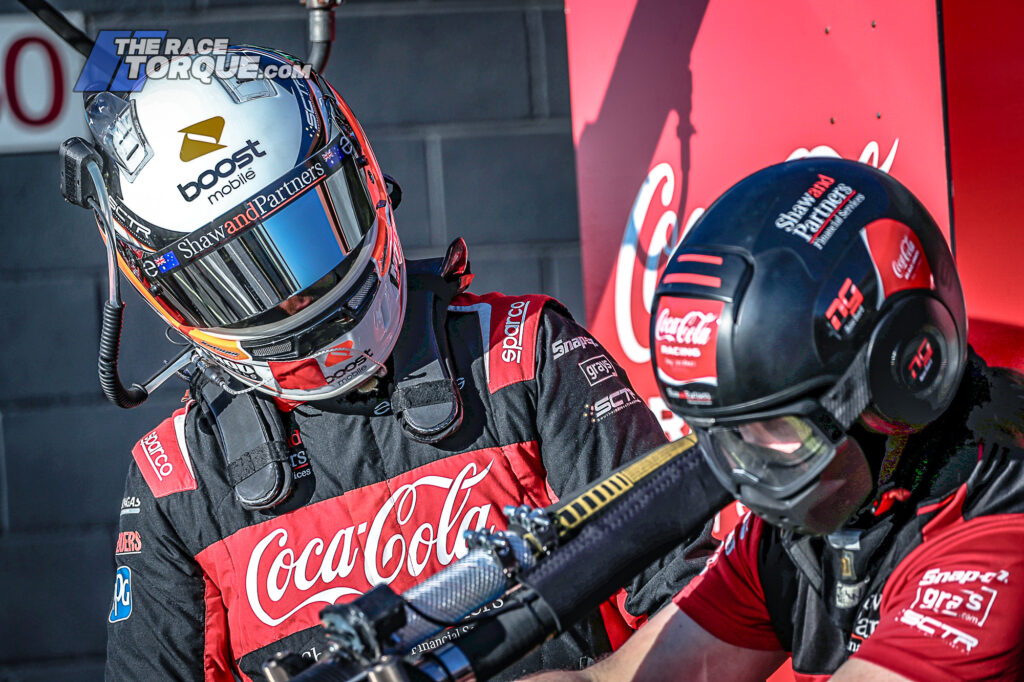
Media Beef
With developments in the past week, it’s interesting to see journalists cop two barrels from the public for breaking stories, with a minority of armchair experts preferring them to stick to copying and pasting, which entirely flies in the face of their job description.
Every year, the Supercars Media Awards recognises the best-breaking news story, but not the nicest Ctrl-C, Ctrl-V job – if press releases are used verbatim, the issuing public relations officer deserves to be PR person of the year.
Being a motorsport journo is a bitch of a job, and it’s not for everyone.
The modern distrust of the media, which has emanated from the ‘fake news’ movement out of the United States mainstream, has to be incredibly frustrating for those involved.
The comments section of Facebook is open slather; everyone has a voice, even if they are dangerously misguided in their take or lack of filter.
Somewhat making matters worse for authors is the ease of access punters have in providing direct feedback – in the olden days, it was much easier to ignore a letter to the editor over a current-day online direct message.
A thick skin is now as important a requirement as being grammatically correct.
More often than not, these journos put themselves on a pedestal with their own podcasts, where the fanbase can get a feeling that they know the talking head personally, or at least get a vibe about their personalities and where they are coming from.
Breaking a true news story is uncovering facts that aren’t in the public domain, and facts that the parties involved would prefer not to have aired.
It’s often uncomfortable for those involved, but it’s what draws in the big clicks, and that is what ultimately pays the bills.
Back in the day, there was always heated competition between Auto Action and Motorsport News in the news-breaking stakes, with the occasional barb thrown when one side got it wrong or the other nailed it, but some of the current intra-media mud slings are, at best, baffling.
Was the Kostecki/Erebus issue in the public interest, or was it best for the sport that it was kept under wraps?
Indeed, there have been instances in the past when the media have collectively glossed over an issue that would be backpage news for a football code, but those issues were never the reigning champion walking away from their team on the eve of a new season.
It seems everyone in the media was well aware of what was happening, whether they broke the story, or were apparently instructed not to.
Ultimately, when Speedcafe broke the news, it didn’t somehow wish it into existence – the wheels were already turning to make it a reality.
The hypothetical strategy to keep the issue under wraps is an interesting one – if the current outcome, the one where Kostecki is not going to drive for Erebus, was always going to eventuate, what was supposed to happen when he didn’t front for testing?
It certainly would have been news then.
A frustrating factor for the fandom is the radio silence from the parties involved, which is undoubtedly influenced by ongoing legal maneuvering.
There are clearly many layers to the current scenario, and uncomfortable as it must be for the losers in the situation, like Kostecki, Erebus, the sponsors and the sport as a whole, further protracted bitching between the media outlets probably isn’t good for anyone, either.
The chronology of events in recent weeks is unprecedented in modern times, with the sport finding itself going mainstream, but sadly, for all the wrong reasons.
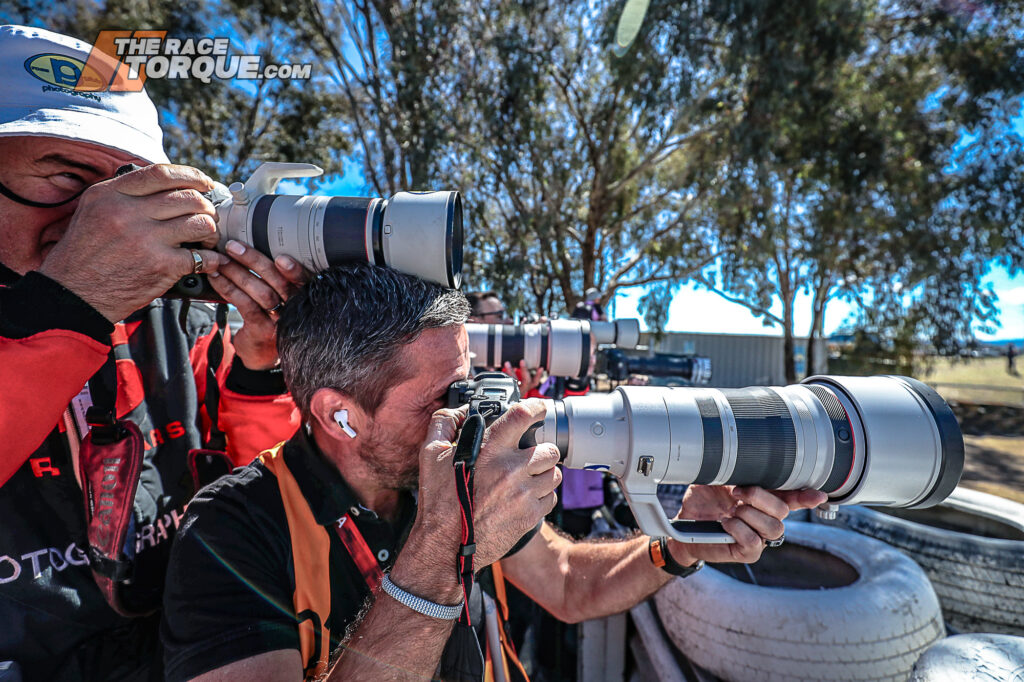
Changing Times
Back in the media centre, it is incredibly apparent that the growing momentum behind digital media won’t be slowing any time soon.
Once occupied by grizzled print journalists and a large set of travelling photographers, the media centre seats are now being filled by videographers, who provide content for the relatively new world of social media, where vignettes are now capably supported by large-screen smartphones and faster internet speeds.
There are challenges in this field, though, with TV rights holders restricting in-meeting on-track filming, which is entirely their prerogative if they have dollied up the big bucks to bankroll the show.
The counterargument is that better-quality content being pumped out by the teams and sponsors would drive more people to tune in live – no matter what, short social clips are purely supplemental to the real thing.
Another emerging media type is the podcast, with the market now saturated with regular outlets banging out mid-week interviews and analysis – it’s almost as if the pod has filled the void left by the lack of analysis-based TV shows.
Another generational shift in line with all of the above is the team PR collective’s priorities and differing skill sets.
Once upon a time, a good PR was a high-quality writer, had a solid rapport with the main members of the media, and worked hard to develop storylines between events.
Now, priorities in some instances have seemingly shifted for the team PR person to encompass more sponsorship management and liaison duties.
There was a time when manufacturers, individual sponsors, and teams themselves would throw hard PR resources behind any given racecar, but that practice has diminished over time.
Some teams have more resources and experience than others.
Take, for instance, Red Bull Ampol Racing, who, for their season launch, created a program that truly covered all bases.
Pre-launch, a campaign through the media and social channels put the Wellcamp Airport-based event on the agenda when precious little other news was circulating, with the application of special testing liveries further shining a spotlight on the cause.
On the day there was a massive crowd in attendance, the media were adequately supported with assets, while network news beamed out near-live coverage on their Saturday night broadcasts.
With a diminishing number of outlets covering the sport, the onus is often on the teams to now create their own headlines, plus entertain and inform their fanbase.
Now, for a team’s PR function, there has never been a bigger number of tasks to tick off to cover all bases.
Having in place a strategic blueprint isn’t new, but it is an often-overlooked task, with some teams seemingly battling to supply the media with mere essential assets in a workable timeframe.
Those teams miss out on potential coverage, which is to the detriment of the entire sport.
In a period of great change, it will be interesting to see how the media pack will continue to evolve as the sport pivots into whatever is next.
